- Home
- Articles
- Architectural Portfolio
- Architectral Presentation
- Inspirational Stories
- Architecture News
- Visualization
- BIM Industry
- Facade Design
- Parametric Design
- Career
- Landscape Architecture
- Construction
- Artificial Intelligence
- Sketching
- Design Softwares
- Diagrams
- Writing
- Architectural Tips
- Sustainability
- Courses
- Concept
- Technology
- History & Heritage
- Future of Architecture
- Guides & How-To
- Art & Culture
- Projects
- Interior Design
- Competitions
- Jobs
- Store
- Tools
- More
- Home
- Articles
- Architectural Portfolio
- Architectral Presentation
- Inspirational Stories
- Architecture News
- Visualization
- BIM Industry
- Facade Design
- Parametric Design
- Career
- Landscape Architecture
- Construction
- Artificial Intelligence
- Sketching
- Design Softwares
- Diagrams
- Writing
- Architectural Tips
- Sustainability
- Courses
- Concept
- Technology
- History & Heritage
- Future of Architecture
- Guides & How-To
- Art & Culture
- Projects
- Interior Design
- Competitions
- Jobs
- Store
- Tools
- More
How to Choose the Right Roof Design for Your Home

Your roof is more than just a functional element of your home; it’s a defining feature that affects curb appeal, energy efficiency, and even resale value. Choosing the right roof design requires careful consideration of your home’s architecture, climate, budget, and personal preferences. With so many styles and materials available, the decision can feel overwhelming.
By breaking down the key factors that influence roof design, homeowners can make informed choices that balance aesthetics, performance, and long-term durability.
Table of Contents
ToggleMatch the Roof to Your Home’s Architecture
One of the first considerations in roof design is ensuring that it complements your home’s architectural style. A steeply pitched gable roof might look stunning on a traditional colonial or farmhouse but feel out of place on a modern, flat-roofed property. Similarly, Mediterranean-style homes often pair best with low-pitched tile roofs that enhance their distinctive look.
The right design should seamlessly integrate with the home’s character, creating a cohesive appearance. Working with professionals who understand both form and function can help you select a design that looks good and performs well in your environment.

Consider Climate and Local Conditions
Your roof isn’t just about style; it’s your home’s first line of defense against the elements. That’s why climate and local conditions are critical factors when choosing a design. For example, homes in snowy regions often feature steeply pitched roofs that allow snow to slide off easily, reducing the risk of buildup and damage. In contrast, flat or low-slope roofs may be better suited to dry, arid climates where water runoff is less of a concern.
Wind resistance is another key consideration, particularly in areas prone to storms or hurricanes. Consulting a trusted professional, whether it’s the Capstone Roofing experts or another company, can help ensure your roof is designed with the local climate in mind, giving you peace of mind and long-lasting protection. The type of material and shape of the roof can make a big difference in durability.
Balance Budget With Long-Term Value
Every roofing option comes with a price tag, and while it’s tempting to choose the most affordable solution, long-term costs should factor into your decision. Asphalt shingles are budget-friendly and widely available, but they may not last as long as metal or tile roofing. Higher-end options may require more upfront investment but often deliver greater durability, energy savings, and resale value.
When weighing costs, consider the initial installation and maintenance, lifespan, and energy efficiency. A roof that reduces heating and cooling bills or requires fewer repairs may prove to be the more economical choice in the long run.
Explore Different Roof Shapes and Styles
Roof shapes are not only about aesthetics; they affect interior space, ventilation, and structural complexity. Common roof styles include gable, hip, mansard, shed, and flat, each with unique benefits and drawbacks. Gable roofs are simple to construct and provide good ventilation, while hip roofs offer enhanced stability in high-wind areas.
Exploring different styles with the help of an architect or contractor can help you visualize how each option will impact your home’s appearance and functionality. The right style can even create additional usable space, such as an attic or loft, adding to your home’s value.
Evaluate Roofing Materials Carefully
The material you choose is just as important as the design itself. Popular options include asphalt shingles, metal, clay or concrete tiles, wood shakes, and slate. Each material has unique advantages in terms of cost, lifespan, maintenance, and appearance.

For instance, metal roofs are highly durable, fire-resistant, and energy-efficient, but may come with a higher upfront cost. Clay tiles are aesthetically striking and long-lasting, yet they can be heavy and require additional structural support. Weighing these factors ensures that the material you choose aligns with your design goals, budget, and local conditions.
Factor in Energy Efficiency and Sustainability
Sustainability and energy efficiency are increasingly important in home design. Cool roofs, which reflect more sunlight and absorb less heat, can significantly reduce energy bills in warmer climates. Green roofs, which incorporate vegetation, provide insulation and contribute to environmental benefits such as improved air quality and reduced stormwater runoff.
For environmentally conscious homeowners, recycled or sustainably sourced materials may be attractive options. These choices can improve energy efficiency while reducing the environmental impact of your home’s construction.
Choosing the right roof design involves more than selecting a style you like; it requires balancing architecture, climate, budget, materials, and sustainability. By taking the time to evaluate each of these factors, homeowners can ensure that their roof is both functional and visually appealing.
Whether you consult trusted professionals or explore other options in your area, making an informed choice will protect your home, enhance its value, and give you lasting peace of mind. A well-designed roof isn’t just a covering, it’s a long-term investment in your home’s beauty and resilience.
illustrarch is your daily dose of architecture. Leading community designed for all lovers of illustration and #drawing.
Submit your architectural projects
Follow these steps for submission your project. Submission FormLatest Posts
Best Practices for Roof Inspections and Maintenance
On most projects, the roof spends decades out of sight while carrying...
Sunny Days, Secure Roof: Simple Steps to Shield Your Home
Your home is more than just a place to live—it’s a sanctuary....
Simple and Stylish Roof Ideas for Homeowners
When designing your home, don’t overlook the roof. It’s essential for both...
Key Qualities to Look For in a Residential Roofing Contractor
Choosing a residential roofing contractor involves careful consideration. The roof is a...




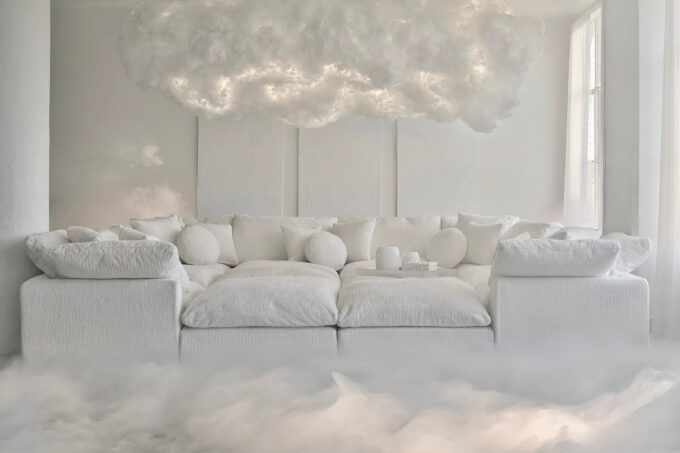

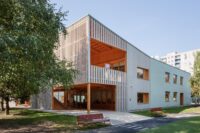

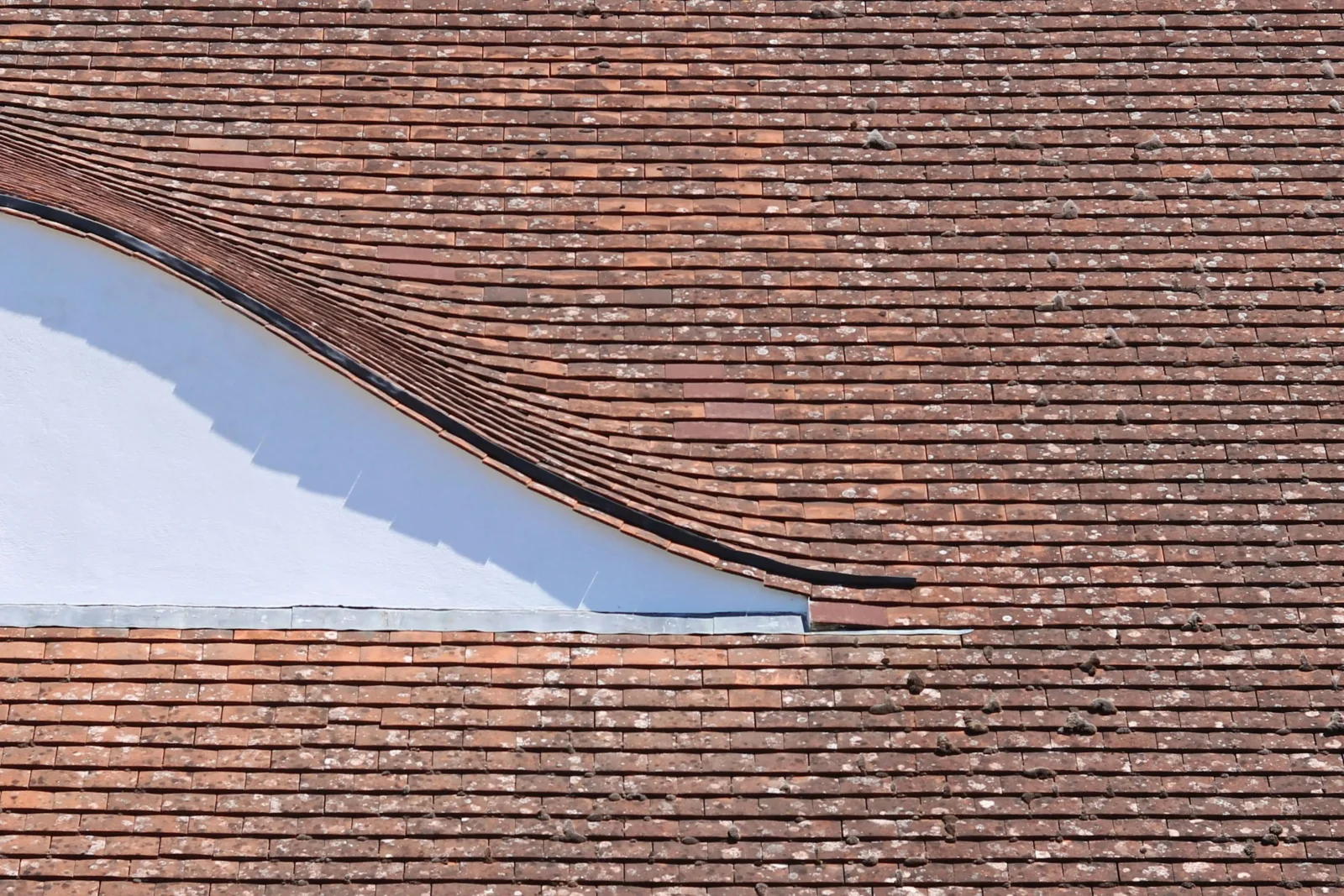
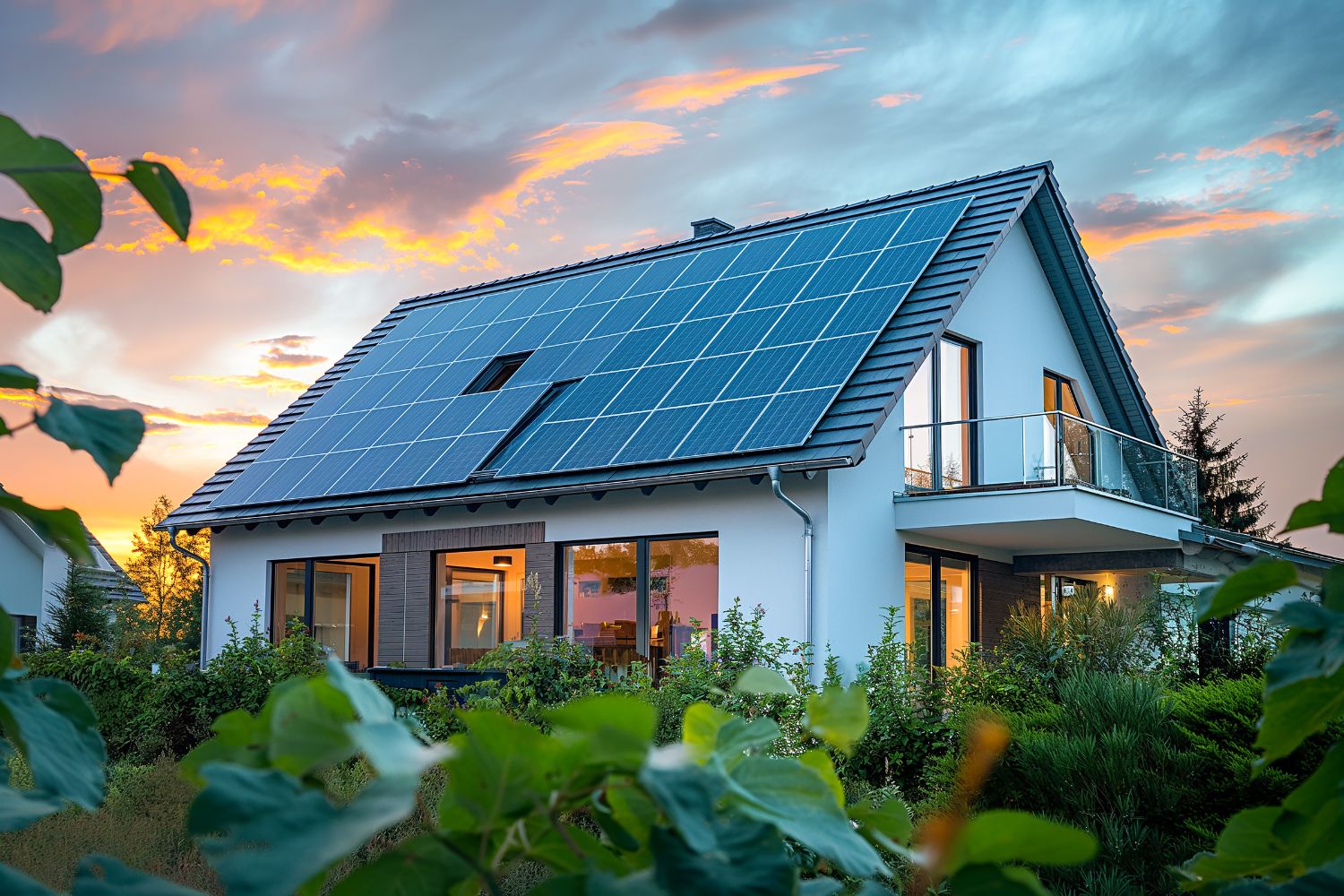
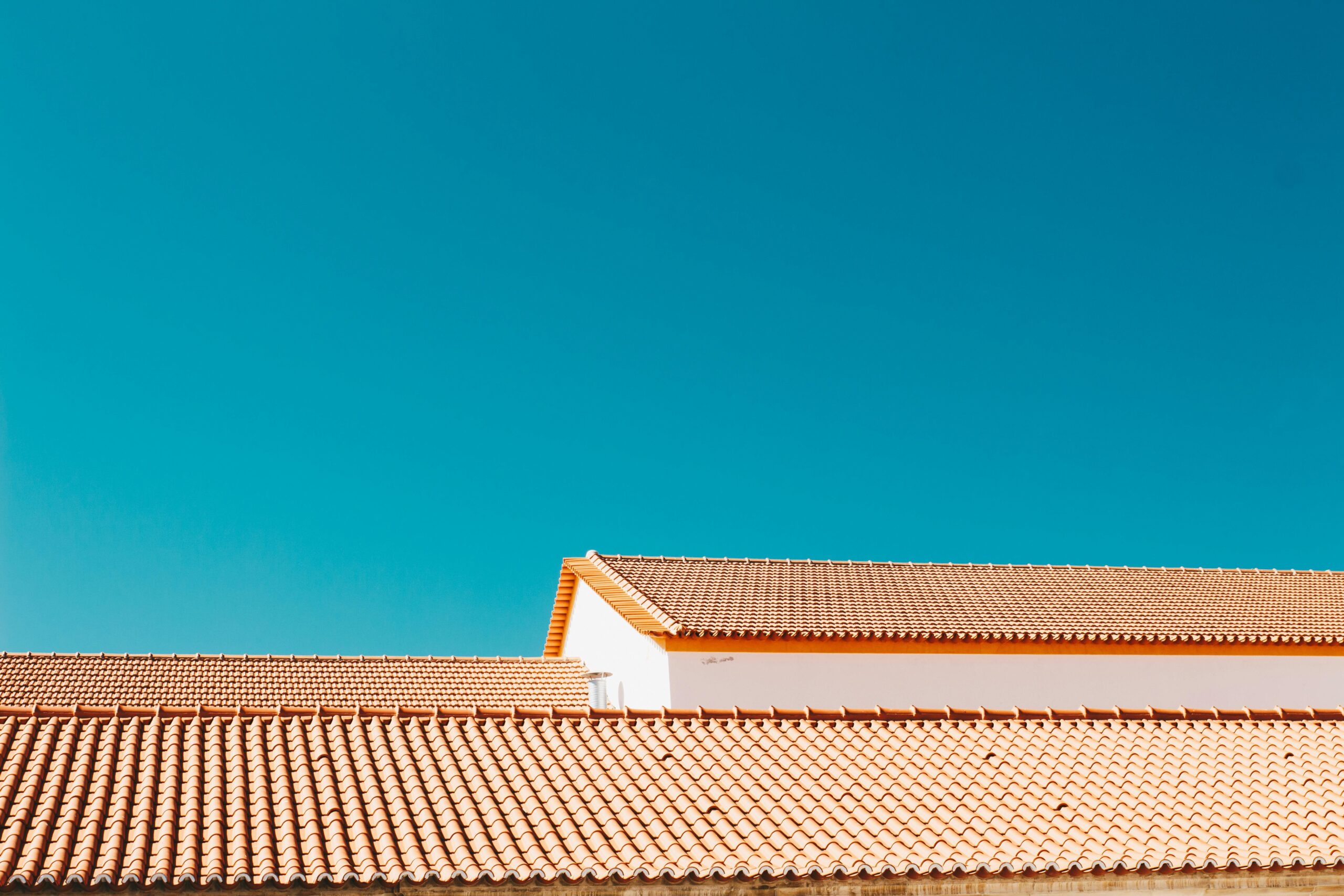
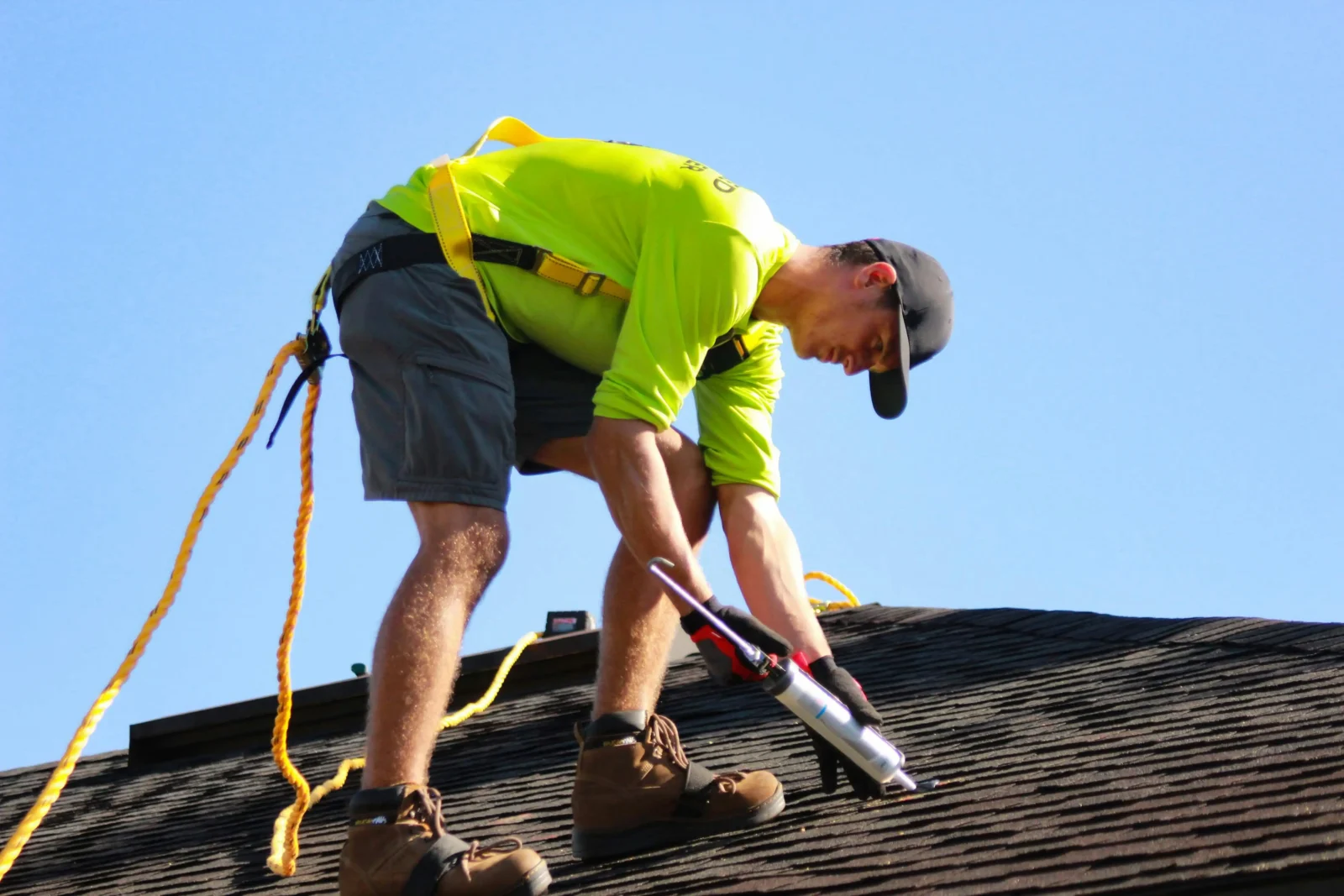
Leave a comment